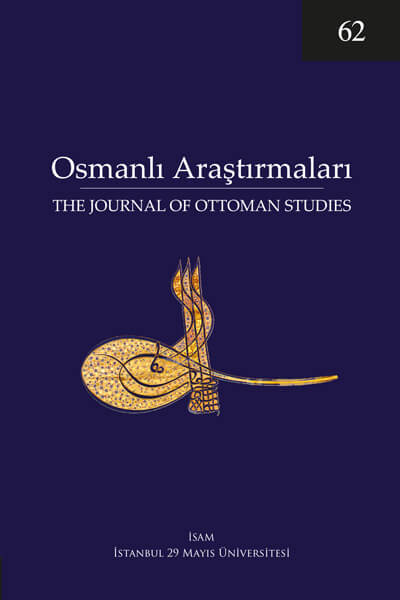The Operation and Revenues of Gümülcine Mines (1850-1910)
Keywords:
Komotini, Mines, Province, Reform, Transport, EconomyAbstract
Due to its proximity to the ports of the Aegean Sea on the coast of Western Thrace and being on the east-west transit route, Komotini (Gümülcine) was favorably located as a mining region in Ottoman Europe in terms of production and distribution of underground resources. Komotini was affected by the conditions of Ottoman mining, in which mine revenues had been gradually decreasing since the end of the 18th century and losing ground against Europe. The emergence of Komotini as a mining exploration zone was accompanied by new developments after Tanzimat. The innovations made during this period for the improvement of the mines and their functioning can be specified as inviting foreign experts in, opening schools to train local engineers, preparing a mining bureaucracy, issuing mining regulations, and increasing foreign capital. As a matter of fact, after these developments, Komotini became an exploration and production basin of copper, lead, silver, and antimony resources and became one of the sanjaks of Edirne province with the most mineral income compared to the other sanjaks. In this article, the example of Komotini will be examined to show the reflections of the innovations that were desired in Ottoman mining especially from the second half of the 19th century on. The factors that made Komotini a mining discovery region, mineral distribution and marketing opportunities, the diversity and quantity of ore, and the effects of changes in mining law on entrepreneurs will also be the discussed.




